
Kathmandu, officially Kathmandu Metropolitan City, is the capital and most populous city of Nepal with 845,767 inhabitants living in 105,649 households as of the 2021 Nepal census and 2.9 million people in its urban agglomeration. It is located in the Kathmandu Valley, a large valley in the high plateaus in central Nepal, at an altitude of 1,400 metres.

Newar or Nepami, are the historical inhabitants of the Kathmandu Valley and its surrounding areas in Nepal and the creators of its historic heritage and civilisation. Newars form a linguistic and cultural community of primarily Indo-Aryan and Tibeto-Burman ethnicities following Hinduism and Buddhism with Nepal Bhasa as their common language. Newars have developed a division of labour and a sophisticated urban civilisation not seen elsewhere in the Himalayan foothills. Newars have continued their age-old traditions and practices and pride themselves as the true custodians of the religion, culture and civilisation of Nepal. Newars are known for their contributions to culture, art and literature, trade, agriculture and cuisine. Today, they consistently rank as the most economically and socially advanced community in Nepal, according to the annual Human Development Index published by UNDP. Newars are ranked the 8th largest ethnic group in Nepal according to the 2021 Nepal census numbering 1,341,363 people constituting 4.6% of the total population.
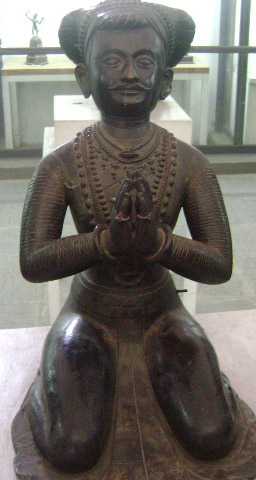
Amshuverma or Amshu Verma was a king of Nepal from around 605–621 CE. Initially a feudal lord, he rose to the position of Mahasamanta in about 598 CE when Shivadeva I of the Licchavi dynasty was the ruling monarch and by 604, Shivadeva was reduced to a mere figurehead. He is considered to have died in 621 AD and was succeeded by Udaydeva, the son of Shivadeva I.

Hinduism is the main and largest religion of Nepal. In 2006, the country declared itself a secular country through democracy, after the abolition of its monarchy. According to the 2021 census, the Hindu population in Nepal is estimated to be around 23,677,744 which accounts for at least 81.19% of the country's population, the highest percentage of Hindus of any country in the world. Vikram Samvat, one of the two official calendars used in Nepal, is a solar Hindu calendar essentially the same to that widespread in North India as a religious calendar, and is based on Hindu units of time.

Jung Bahadur Kunwar Ranaji, belonging to the Kunwar family was a Khas Chhetri ruler of Nepal and founder of the Rana Regime in Nepal. Jung Bahadur took control of the government after killing an alleged usurper Gagan Singh, who was accused of plotting with the junior queen in 1846 to become prime minister by putting the queen's son on the throne. His original name was Bir Narsingh Kunwar but he was popularly known as Jang Bahadur, a name given to him by his maternal uncle Mathabar Singh Thapa. Mathabar Singh Thapa used to call Jang Bahadur Jangay for his boldness.

Chittadhar Hridaya was a Nepalese poet. He is regarded as one of the greatest literary figures from Nepal in the 20th century.
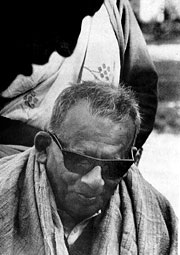
Benode Behari Mukherjee was an Indian artist from West Bengal state. Mukherjee was one of the pioneers of Indian modern art and a key figure of Contextual Modernism. He was one of the earliest artists in modern India to take up to murals as a mode of artistic expression. All his murals depict a subtle understanding of environmental through pioneering architectural nuances.

Chitrakar is a caste within the Newar community of the Kathmandu Valley in Nepal. The Newar caste system is divided according to profession. Accordingly, Chitrakars were painters and mask makers.

A paubhā is a traditional religious painting made by the Newar people of Nepal. Paubhas depict deities, mandalas or monuments, and are used to help the practitioners in meditation. The Tibetan equivalent is known as Thangka.

Newar caste system is the system by which Newārs, the historical inhabitants of Kathmandu Valley, are divided into groups on the basis of Vedic varna model and divided according to their hereditary occupations. First introduced at the time of the Licchavis, the Newar caste system assumed its present shape during the medieval Malla period. The Newar caste structure resembles more closely to North India and Madheshis than that of the Khas 'Parbatiyas' in that all four Varna and untouchables are represented. The social structure of Newars is unique as it is the last remaining example of a pre-Islamic North Indic civilisation in which Buddhist elements enjoy equal status with the Brahmanic elements.
Lain Singh Bangdel / Lain Bangdel (Rai), was Nepal's foremost artist, novelist, and art historian. In addition to being a leading authority on Nepalese art, Bangdel is best known as the "father of modern art" and was responsible for introducing the modern trends of Western art into Nepal with his pioneering one-man exhibition in Kathmandu in 1962.

Newar art is the art form practiced over centuries by Newar people. The pictorial art consists of:
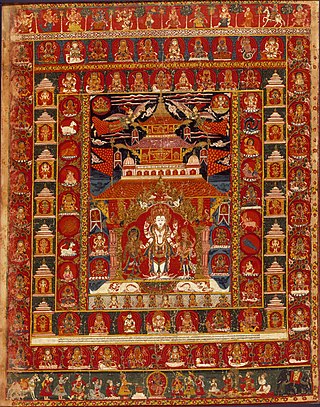
Nepalese Painting or Nepali Painting begins with the religious paintings with Hindu and Buddhist subjects, almost all Newa art by the Newari people of the Kathmandu valley. These traditional paintings can be found in the form of either wall paintings, cloth paintings called paubha, or manuscripts. They used conservative technique, style, and iconography in their works for centuries.

The ancient and refined traditional culture of Kathmandu, for that matter in the whole of Nepal, is an uninterrupted and exceptional meeting of the Hindu and Buddhist ethos practiced by its highly religious people. It has also embraced in its fold the cultural diversity provided by the other religions such as Kirat, Jainism, Islam and Christianity.

Raj Man Singh Chitrakar was a mid-19th century Nepalese artist, who worked for the British and Nepalese courts producing a large number of pictures. He especially contributed to the illustration of natural history subjects, particularly birds, and in his watercolor painting he introduced European styles into a traditional scene dominated by votive art.
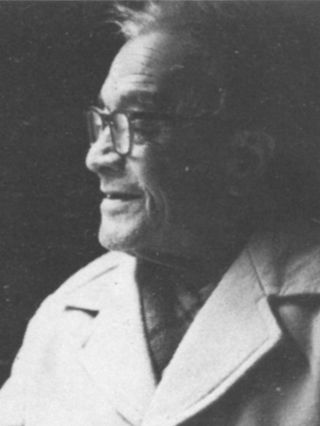
Chandra Man Singh Maskey was a Nepalese artist who was one of the leaders in the development of contemporary art in Nepal in the early 20th century. Maskey spearheaded the trend of creating art using new techniques for its aesthetic value, and introduced a new style in the milieu of traditional art which is essentially religious and follows descriptions laid down in ancient texts.
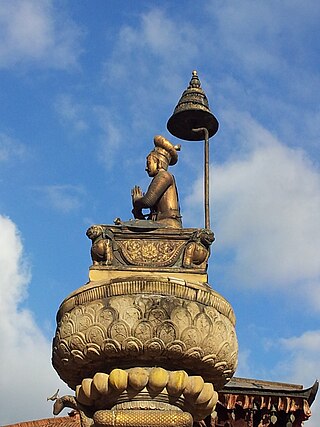
The Śreṣṭha or is the second largest Newar caste group, occupying around 21% of overall Newar population, or about 1.1% of Nepal’s total population. It is believed that the word Srēṣṭha is derived from the Newar word Śeśyah, which itself is derivation of a Sanskrit word Sista meaning 'noble', although literal meaning of the word also translated to 'best or important.' "Shrestha" itself was later adopted as the specific family surname by members of this high-caste Hindu group, although there are over 50 other recognized surnames of Srēṣṭhas. Despite their numerically low national population, their high-status and socio-economic capital puts Śreṣṭhas amongst the most socio-economically privileged and politically over-represented segments of Nepali population.

Ranighat Palace or Rani Mahal is a historic Rana palace located on the banks of Kali Gandaki River in Palpa district of Nepal. This palace was constructed by General Khadga Shamsher Jang Bahadur Rana in 1893.
Gyandil Das was a Nepalese poet and social reformer, later known as a "Saint". He opposed existing social discrimination, such as prevalent caste biases and gender-based violence, through his written compositions.
Nepal Academy of Fine Arts (NAFA) is the umbrella organization of Nepali artists, researchers and art critics, and an arts institution for research and for exhibitions. A museum in Kathmandu, in a neoclassical building from the 1930s, presents collections of both traditional and contemporary paintings and other works. It was formerly part of Nepal Academy. The Nepal Academy of Fine Arts has also published a number of books about art and Nepali artists.

















